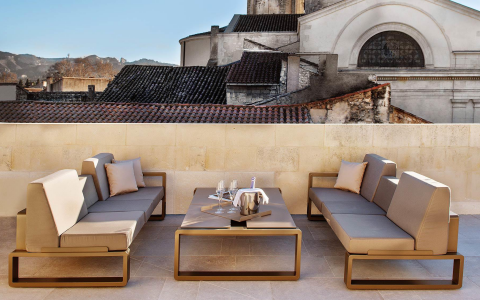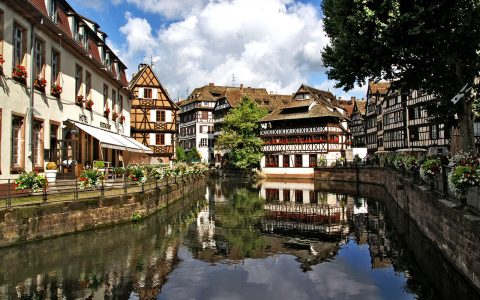French Wine Class:
Understanding the AOC and Cru Classifications
![]() While a wine’s flavour can be quite complex, its origins shouldn’t be. French wine classification systems exist to inform consumers of the process used to make each bottle and indicate its quality. (Although your enjoyment of a given bottle depends on your palate… and, quite possibly, how many glasses you’ve already had!)
While a wine’s flavour can be quite complex, its origins shouldn’t be. French wine classification systems exist to inform consumers of the process used to make each bottle and indicate its quality. (Although your enjoyment of a given bottle depends on your palate… and, quite possibly, how many glasses you’ve already had!)
Appellation d’Origine Contrôlée (AOC)
As with all products that claim some portion of their notoriety from their region of origin (e.g. Roquefort cheese that comes only from the caves of Roquefort, or Evian water sourced at its namesake springs) there exists a regulatory body to oversee the production of French wine.

The Appellation d’Origine Contrôlée (or AOC) sets the rules on all French wines. This regulatory commission makes sure that producers who wish to use a certain name for their wine (Champagne, for example) must follow a certain set of rules in making their product.
Formulated in 1919 and finalized in 1934, the AOC’s laws are an effort to incorporate a wide range of disparate factors into a single, comprehensive classification system. Factors regulated by AOC laws include terroir, grape variety, production style, the geographical location of the vineyards used for growing the grapes, the types of grapes used, the maximum yield of grapes that the producers can take from a certain plot of land and the minimum amount of time a wine must spend aging before it’s sold. They also determine minimum alcohol levels.
The result of all this regulation is that a named AOC wine should always have certain recognizable characteristics. In effect, the AOC gives a stamp of approval to the wine so the consumer can be sure the bottle they’ve purchased contains the wine that the label indicates. It can be understood as a sort of regional copyright.
Of course, these laws cannot prevent poor wine from being made. Fortunately, they can prevent wines from claiming to be something they’re not!
Vive la France!
We’ve had a love affair with France since we first traversed its vineyards in 1966. Click below to find a flavour of French adventure that suits your palate.
FIND AN ADVENTUREGrand Cru and Premier Cru
In addition to the AOC, which regulates a wine’s production, a classification system exists to rate each vineyard according to the quality of grapes it produces. Wine-Searcher.com describes the two top classifications as follows:

Grand Cru
“The very highest classification of French wine. The term can refer to a wine in one of two ways, either a) the plot of land where the grapes are grown or b) the chateau at which the wine is made. The former applies most famously in Burgundy, Alsace and Champagne (but is also used in Languedoc and the Loire Valley). The latter is exclusive to Bordeaux.”
Premier Cru
“Premier Cru denotes either 1) a vineyard plot (most often in Burgundy) of superior quality, or 2) the very highest tier within a Grand Cru classification (such as the ‘Premier Grand Cru Classé’ chateaux of Bordeaux).”
MORE FROM France
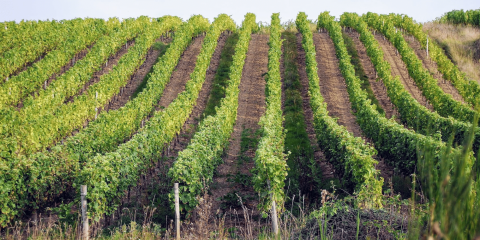
Grape Harvesting in Ventoux
France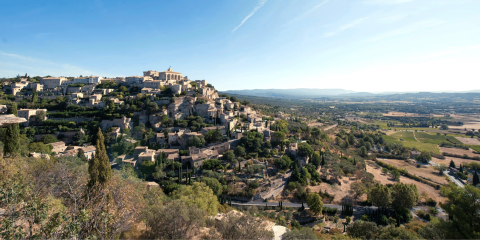
The Top 5 Hiking Routes in Provence and Cote d’Azur
Provence
With Vineyards, Beaches, and Quaint Villages, Île de Ré Is France’s Best-kept Secret
France
Photo Diary: A Sunday in Provence with B&R Guide Tatjana Buisson
Provence
5 Ways to Relive the Renaissance in the Loire Valley
Loire Valley
The Best Luxury Hotels in Paris: From Classic to Contemporary
France
Secrets of the Seine
Île-de-France
6 Reasons Why You Need to Visit Normandy, France
Normandy
10 Best Markets & Shops in Provence
Provence
Bordeaux Nouveau: France’s Coolest City Right Now
Bordeaux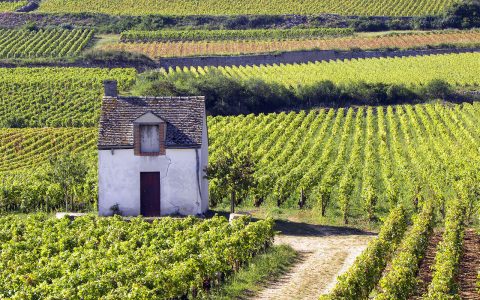
Falling Head Over Heels for Burgundy
Burgundy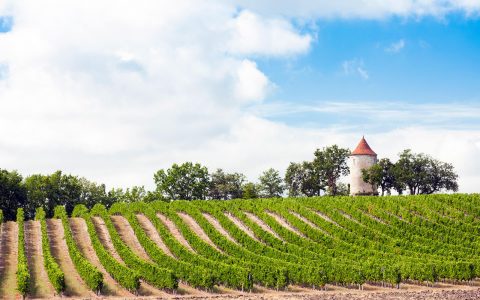
The World’s Best: Top 15 Bordeaux Wines
Bordeaux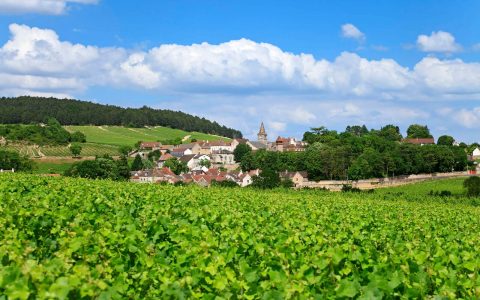
Rediscovering A Classic: Burgundy
Burgundy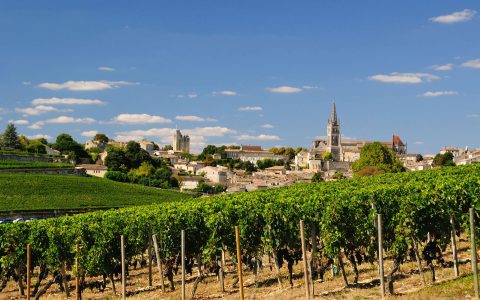
Reading for the Road: Our 5 Favourite Books About Bordeaux
Bordeaux
The Pleasures of Southwestern France
Bordeaux
Normandy’s Showstopper: Mont Saint-Michel
Normandy
Reading for the Road: Our Favourite Books About Normandy
Normandy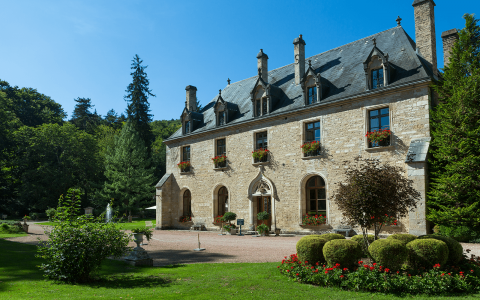
Abbaye de la Bussière: English Hospitality in the Heart of France
Burgundy
Secrets of the Loire Lifestyle
Loire Valley